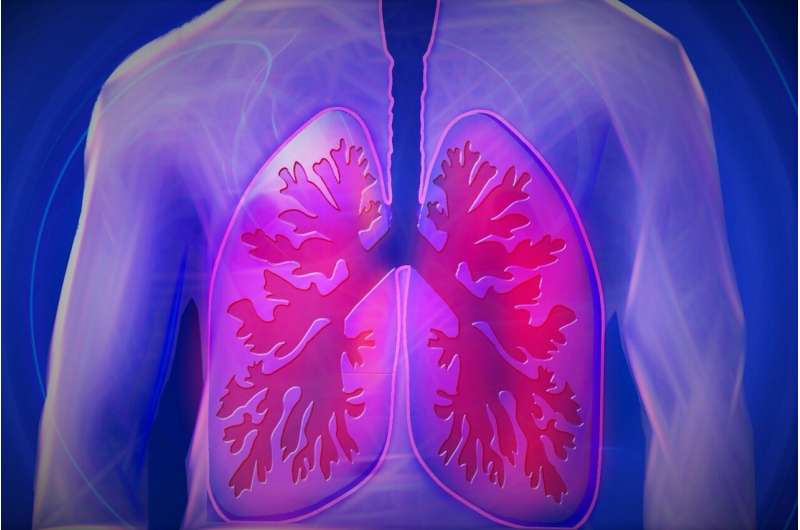Innovative Subcutaneous Treatment with Amivantamab and Lazertinib Shows Promising Results in EGFR-Mutated Non-Small Cell Lung Cancer

A new study reveals that quarterly subcutaneous amivantamab combined with lazertinib shows high response rates in patients with EGFR-mutated non-small cell lung cancer, offering a convenient and effective frontline treatment option.
A recent evaluation from the PALOMA-2 study demonstrates that administering the targeted therapy amivantamab subcutaneously every four weeks (Q4W), combined with daily oral lazertinib, results in a high response rate in patients with previously untreated EGFR-mutated advanced non-small cell lung cancer (NSCLC). The findings, presented at the 2025 World Conference on Lung Cancer by the International Association for the Study of Lung Cancer, highlight the potential of this treatment regimen to improve patient outcomes while offering greater convenience.
In this study’s Cohort 5, all participants received the Q4W dosing of amivantamab and daily lazertinib. The results showed an objective response rate (ORR) of 82% by investigator assessment and 87% by independent central review, with confirmed ORRs of 79% and 83%, respectively. The median time to observe a response was approximately eight weeks. Notably, the duration of response, as well as progression-free and overall survival, had not yet been reached after 6.5 months of follow-up.
Patients enrolled had a median age of 63 years; 68% were female, and 62% were of Asian ethnicity. Nearly half (43%) had brain metastases at the start of treatment. The safety profile was manageable, with most adverse events related to EGFR/MET inhibition, such as rash, paronychia, and hypoalbuminemia. Treatment-related reactions were mild, occurring in only 12% of patients, with just a single case of severe (Grade ≥3) reaction. Venous thromboembolic events were observed in 13% of participants but were all mild or moderate, and bleeding events were rare.
Importantly, no new safety concerns emerged, and only 8% of patients discontinued treatment due to adverse effects. Pharmacokinetic data indicated plasma levels consistent with previous intravenous and Q2W subcutaneous dosing, supporting the efficacy and safety of the Q4W regimen. Dr. Susan Scott from Johns Hopkins emphasized that this less frequent dosing schedule provides a more convenient and less burdensome option for patients without compromising treatment efficacy.
This promising data supports further development of subcutaneous amivantamab administered once a month as an effective frontline therapy for EGFR-mutant NSCLC, offering hope for improved patient quality of life and streamlined treatment protocols.
(source: https://medicalxpress.com/news/2025-09-subcutaneous-amivantamab-weeks-lazertinib-high.html)
Stay Updated with Mia's Feed
Get the latest health & wellness insights delivered straight to your inbox.
Related Articles
Breakthrough in Human Genetics: Insights from the 1000 Genomes Project Reveal the Most Detailed Map of Human Genetic Variation to Date
Recent advancements in long-read sequencing technologies have enabled scientists to generate the most comprehensive map of human genetic variation to date, enhancing our understanding of genetics in health and disease.
Community Cohesion Enhances Disaster Resilience: Insights from Recent Study
A Texas A&M University study highlights how strong neighborhood ties enhance community resilience after natural disasters, emphasizing the role of social cohesion in recovery.
Targeting Unmutated Tumor Antigens for Advanced Cancer Immunotherapy
Researchers have discovered that most tumor antigens in melanoma and lung cancer are unmutated, offering new opportunities for immunotherapy development and personalized cancer vaccines.
Innovative Diagnostic Pen Uses Handwriting to Detect Parkinson's Disease
A groundbreaking low-cost pen developed by UCLA researchers accurately detects Parkinson's disease by analyzing handwriting movements through electrical signals, promising early diagnosis and better disease management.



